An essential guide to Concrete

Concrete is the world’s most widely used construction material, second only to water. Dating
back to Roman times (The Pantheon in Rome is the world’s largest unreinforced concrete
dome), it is an essential ingredient of global landmarks, buildings and infrastructure. As one
of the UK’s leading producers of ready-mixed concrete products, our experts have prepared
this guide to share their knowledge of concrete including its uses, composition, costs and
sustainability credentials…
- Concrete is the world’s most widely used construction material, second only to water.
- Concrete has a whole host of advantages, from stability and durability to heat and fire protection, and can be used to meet the needs of the most challenging construction project.
- Concrete is used in all sorts of buildings, from homes and offices to stadiums and shopping centers, as well as for transport infrastructure such as roads, bridges, train stations and airports.
- Concrete is a composite material made from three basic components: water, aggregate and cement.
- There are a huge number of different types of concrete, made in varying strength grades depending on the application, but the most commonly used are: High Performance, Lightweight, Self-Compacting, Waterproof and High Early Strength.
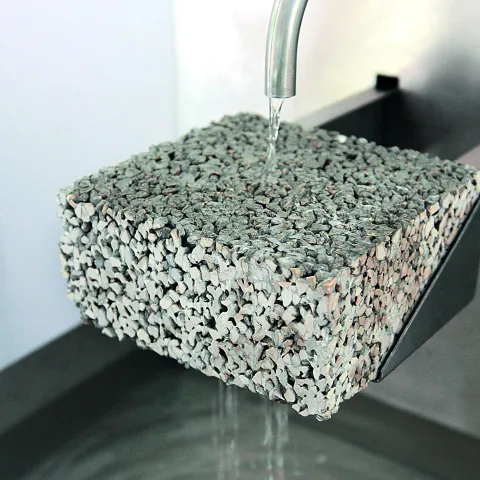
Read more about our branded concrete mixes which are accredited BES 60001
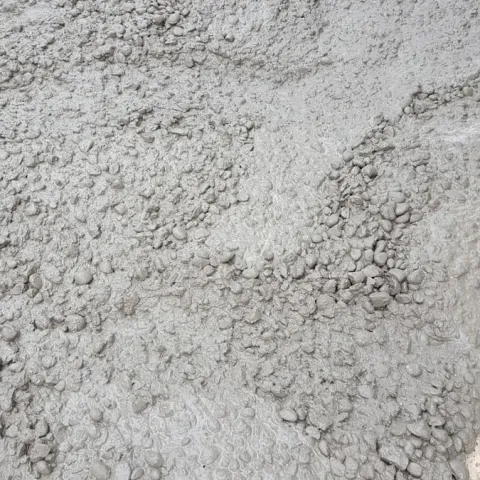
What is concrete?
Concrete is a robust, structural material because of its strength and composition. Concrete has a whole host of advantages, from stability and durability to heat and fire protection, and can be used to meet the needs of the most challenging construction project.
What is it used for?
Concrete is synonymous with construction, and is used in all sorts of buildings, from homes and offices to stadiums and shopping centres, as well as for transport infrastructure such as roads, bridges, train stations and airports. You’ll find concrete on pavements, kerbs, floors, pillars, pipes, drains, foundations – it is chosen time and again for its reliability and versatility.
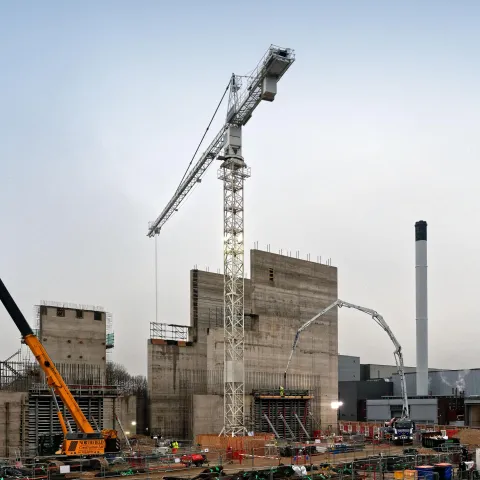
What is concrete made of?
A composite material, concrete is made from three basic components: water, aggregate and cement. The binding agent (cement) is mixed with the aggregate (typically sand, gravel or rock) in a hydraulic binder and activated by the water to form a dense material. This then hardens, or cures, in a chemical process, with the finished product what we know as concrete. Strength and quality of the concrete can be altered by mixing different quantities of aggregates.
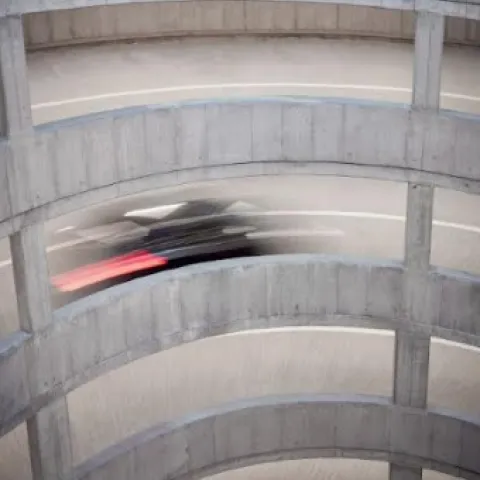
The different types of concrete
There are a huge number of different types of concrete, made in varying strength grades depending on the application, but the most commonly used are:
High Performance
Designed to be more durable that other types of concrete, high performance concrete is made from specialist ingredients to give it superior strength. High performance concrete, such as Dynamax or Diamondcrete, is purposefully designed for a multitude of applications including constant water exposure, weathering, abrasive chemical exposure and more. It is also environmentally-friendly as it can be recycled or reused.
Lightweight
Created using lightweight aggregates such as clay or shale, lightweight concrete, such as Lytacrete, has a low density, improved thermal properties and fire resistance. Lightweight concrete is ideal for buildings which require a large floor space such as hotels, schools and hospitals.
Self-Compacting
Self-compacting concrete, such as Agilia, will flow freely around congested reinforcement without the need for vibration or other energy output. A high-strength product, self- compacting concrete is ideal for retrofitting, repairs or complex reinforcements, and is known for its cost-saving benefits as it forms quickly and therefore requires less labour. It is also designed to achieve a high-quality surface finish.

Waterproof
Designed to offer protection from water ingress or water being retained within a structure, waterproof concrete, such as Watertight, is a ready-mixed, fast-track solution. Suitable for use on service reservoirs, water treatment structures, car parks, basements and swimming pools, waterproof concrete is advantageous over more traditional methods e.g. membrane solutions or cavity drainage as it eliminates the need for installation of complicated jointing.
High Early Strength
High early strength concrete allows for formwork to be struck between 4-24 hours from completion of casting, meaning increased productivity and reduced construction times. High early strength concrete, such as Strike, enables formwork or moulds to be stripped off earlier, speeding up the construction programme. Its in-situ strength is then measured by a temperature matched curing system. High strength concrete can be used across a wide variety of construction including housing, marine and transport infrastructure.
What is the difference between concrete and cement?
Concrete is the manufactured product and cement is one of the ingredients of concrete.
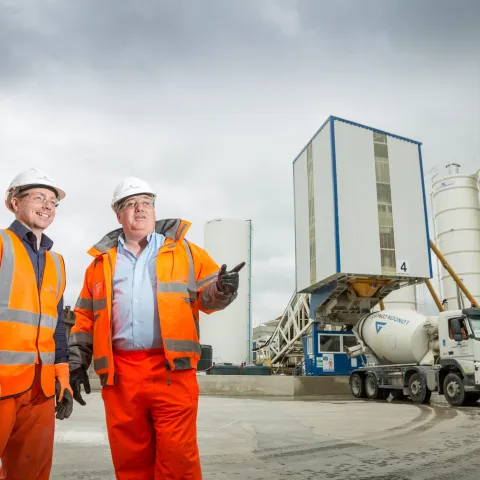
Why is concrete important in construction?
Concrete is one of the preferred materials for construction because of its strength, durability, flexibility and affordability. Building works need to be secure, safe and long-lasting and concrete has the properties to ensure this. It also:
- Is low maintenance and easily repairable
- Is moulded into varying shapes and sizes
- Is instantly useable, reducing time delays
- Is resistant to freezing, thawing, fire, wear and tear
- Has low permeability, offering water tightness
- Has different load-bearing components
- Is low cost
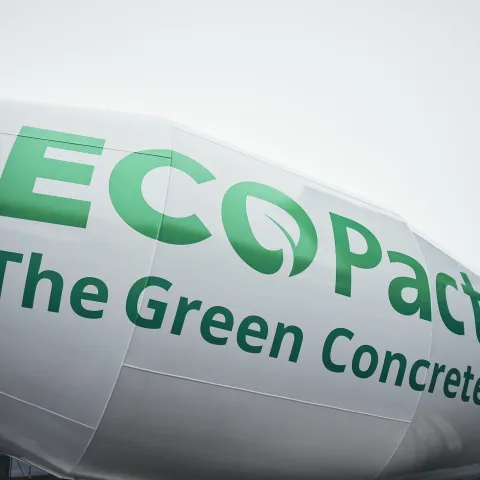
Is concrete sustainable and can it be recycled?
As the world’s second most-used material, it is inevitable that concrete leaves some carbon footprint. However, new technologies and research is allowing green concrete solutions to come to the forefront, including our ECOPact range, which offers over a 30-50% carbon reduction compared with a Portland cement CEMI solution, without compromising on performance.
Concrete’s thermal performance is also underrated. It has the ability to store energy to moderate interior temperatures, meaning more energy efficient buildings and occupants paying less on heating and cooling. In addition, once cured concrete is completely inert so is emission-free.
Contrary to popular belief, concrete can also be recycled. It is broken down using heavy-duty machinery and can be repurposed as pathways or paving blocks, or as a sub-base material. It can also be turned into aggregates for re-using in concrete mixes. This means fewer materials going to landfill.
Conclusion
Concrete is the basic ingredient for all construction projects, from small domestic jobs to city-scale development. Familiarising yourself and understanding the different types and applications for concrete can greatly improve efficiencies on site.
Frequently Asked Questions
Concrete is used extensively on construction projects worldwide, from structural
applications such as foundations, beams, fences and columns, to buildings and
infrastructure including roads, car parks and bridges. It’s also useful for pavements, kerbs
and landscaping.
Readymix concrete can be used for buildings, roads, civil engineering projects, walls, floors
and more. It is pre-mixed to exact specifications before being delivered to site and is one of
the most popular concretes as it lends itself to swift loading and off-loading and can be used
immediately, making it one of the most convenient solutions. Readymix concrete is available
in a range of grades and finishes.
Precast concrete is manufactured off-site in a controlled environment and is ideal for
producing identical, high quality components as it is made in a reusable mould. Known for
its speedy assembly, precast concrete is typically used for structural applications such as
wall panels, floors, staircases, pipes, drainage chambers and foundations.
Considering its lifespan, concrete is an inexpensive material. When compared to other
building materials such as steel, the whole life of the structure should be considered as
when using concrete it has a very long service life.






